Content:
Cutting elements in lawn mowers are important components that require special care. Over time, the blades deteriorate. In this case, they are supposed to be sharpened or replaced. Before removing the knife from the mower, the owner of the site must perform actions that will protect him during work.
Functions of a knife in a lawn mower
The lawn mower blade performs the function of cutting grass. Knives are made of high quality steel. The sharpening of the knife affects the performance of the work. The sharp tool cuts plants evenly. Dull - leaves a fringe on them, that is, a cut of each blade of grass is cut perpendicular to the surface into several parts. This happens if you tear the grass with your hands. As a result, the cut of the grass cut neatly and evenly is delayed the next day. This lawn looks attractive and bright. In the second case, the area in front of the house turns out to be a dirty green color. The dissected sections are tightened only after 10-18 days.
Reasons for removing the knife
Common reasons for removing or replacing a cutting element are:
- The knife is dull;
- The element is bent and deformed;
- Chips and cracks are visible on the knife;
- The blade has worn off and thinned.
When the knife is dull, bent or deformed, the lawn looks unkempt after mowing. Competent sharpening will correct the situation.
Professionals advise to carry out the procedure once a year. It is better to do this in the spring, before starting work. If the cutting elements become blunt faster, then sharpen them more often.
If chips, cracks are visible on the blades, or it has sharply worn off and become thin, then replacement is necessary in this case. There is no point in sharpening such a tool. In addition, the blade can break at any time and fly out from under the machine body, injuring people or animals that are nearby. Such a device can also damage the engine. It is allowed to change an element to a similar model. The characteristics of the knife are indicated in the instructions.
If the store does not have a suitable product, you can always purchase shorter blades. In this case, it will take a little longer to tidy up the lawn than before. But this is not a problem, compared to the fact that an unsuitable knife sometimes cannot be securely fastened to garden equipment. Then the way out is - universal lawn mower knives. These are blades, complete with adapters, bolts, washers, etc. The knives themselves have several options for fastening. As a result, the cutting elements can be fixed on completely different models.
Removing the knife
Training
An independent process of partial disassembly of the vegetation shearing unit begins with preparatory work. It is necessary to observe safety measures and work with gloves. It is necessary to prepare a key in order to unscrew the mount, as well as a small plate that will help fix the knife. The electrical device is disconnected from the network. At gasoline, the fuel is drained and the spark plug is disconnected to exclude the possibility of a sudden contact.Regardless of the type of machine, the owner must unscrew the grass catcher.
You can also not turn the mower, but simply place it on a frame or two chairs that simulate a lift. After that, the person approaches the device from below.
The mower can be equipped with:
- A single two-bladed knife of different shapes;
- Two knives;
- Blades with four blades;
- Composite cutting structure.
In the first case, one knife is used in the form of a small strip. Its length will be the same as that indicated in the characteristics of the device under the mowing width. Usually it is 30-50 cm.
In the second case, two knives are used, which are attached at an angle of 180 degrees relative to each other.
In the latter case, we are talking about several knives located at different heights. Such a nozzle in the form of an upper blade is equipped with modern models that have an additional function of mulching the lawn. Plants from the grass tank fall onto the upper blades. Sharp edges carefully crumble the greenery, which after the procedure covers the lawn ground and turns into mulch.
Step by step process
- Before removing the knife from the mower, fix it with a sturdy board or log resting on the ground. It is necessary that the knife does not move when it is removed. However, some neglect this safety measure and simply hold the insert with their hand.
- An L-shaped socket wrench or box tool is taken, ideally suited to size. The use of pliers is not recommended. This fixture can easily spoil the edges of the bolts.
- Usually the cutting unit is secured with one large bolt located in the middle. Modern models have several fasteners. As a result, you will have to unscrew them all.
- Bolts are most often right-handed. Therefore, to unscrew the bolt, turn the key counterclockwise. In order to screw it back, the opposite is done, that is, the bolt is tightened clockwise.
- It happens that over time, the threaded pair sticks, rusts, and it becomes problematic to unscrew the bolt. In this case, special lubricants are used, called liquid keys.
- If the removal was successful, and all fasteners are intact, then the bolts, nuts, washers are removed into the box for safety. These are the connections that may have to be reused.
Cleaning the knife before sharpening
Before sharpening the knife, clean it thoroughly. Plant sap and small particles of grass accumulate on the steel strips. In this case, the juice hardens over time and turns into a tough crust. It is not worth washing the blades; it is best to pick up a sharp metal scraper in the garage or use a brush.
It is not necessary to polish the cutting element of the machine to a shine, the main thing is to remove the adhering waste. After that, you need to improve the knife by straightening it and removing all the irregularities. Bumps occur due to solid debris and stones falling on the blades. The correct option in this case is to work with a hammer. With this tool and a flat work surface on which the knife is placed, it is possible to correct all local distortions.
Experts advise to start leveling the blade from the edge, gradually moving towards the middle part. As a result, the steel strip should become as flat as possible. Only in this case will it be able to fulfill its function, creating an air stream that transports the grass to the tank for collecting plant residues.
Sharpening
Sharpening of cutting elements is organized as required. Many people ask the question: "Does a new knife need sharpening?" The answer is no. These elements are sharpened at the factory. After purchasing garden equipment, you can use it without additional work to remove and sharpen the blades.
There are two ways to sharpen the cutting element of a lawn mower:
- With a file;
- Machine tool.
File
In the first case, work is organized if the blades are in relatively good condition and are only slightly dull. Usually this sharpening is used if the owner sharpens the cutting elements of his garden tools several times per season. If this is the case, then it will be quite enough to go over the edges with a file and correct them.
During work, the curvature of the knife, roughness are removed. It is important to maintain factory-cut angles and descent. Both sides (blades) are ground evenly. The sharpener is kept in the same position. Imbalance must not be allowed, in which case the well-coordinated work of the blades cannot be achieved. Such a problem will lead to operational wear of assembly units (bearings).
After the main sharpening, it is necessary to edit the edges. This is done in order to remove the smallest breakages. It is best to use an 800 grit sandpaper. Editing consists in slightly shifting the paper along the plane of the descents.
Machine tool
The machine will help you get the job done quickly and without much effort. The main thing in this business is not to achieve too sharp edges. If you sharpen them as thin as a razor, then there is a high risk of chipping and breaking.
While working, it is important to keep the correct angle and remove the metal from the blades in the same amount. The machine does not eliminate the need to edit the edges with sandpaper.
Balancing
A balance check is performed before installing the knife on garden equipment. It aims to find out whether the blades of a knife have the same weight. To do this, a sharp strip is put on a pencil with a central hole. The shoulders should be balanced and equal in weight. If one of the sides pulls down, then grind it down a little again.
Knife installation rules
After the knife is sharpened, it should be put back. Installation of cutting elements is not very difficult. the main thing – follow the rules:
- Determine which position the knife was in earlier.
- In the same position, secure it with a new or old bolt, washer and nut.
- Do not overtighten the nuts. This will deform the cutter.
- Wear thick gloves while working. It's important to remember that refurbished blades are sharp.
- Once the mower is on the ground in its normal position, it is not recommended to start it immediately. It is necessary to wait an hour for oil to drain from the crankcase walls.
Even a novice gardener can figure out the wisdom of removing a cutting element from a lawn mower. However, when sharpening yourself, you should be extremely careful so as not to get hurt and not to remove too much metal by thinning the knife.

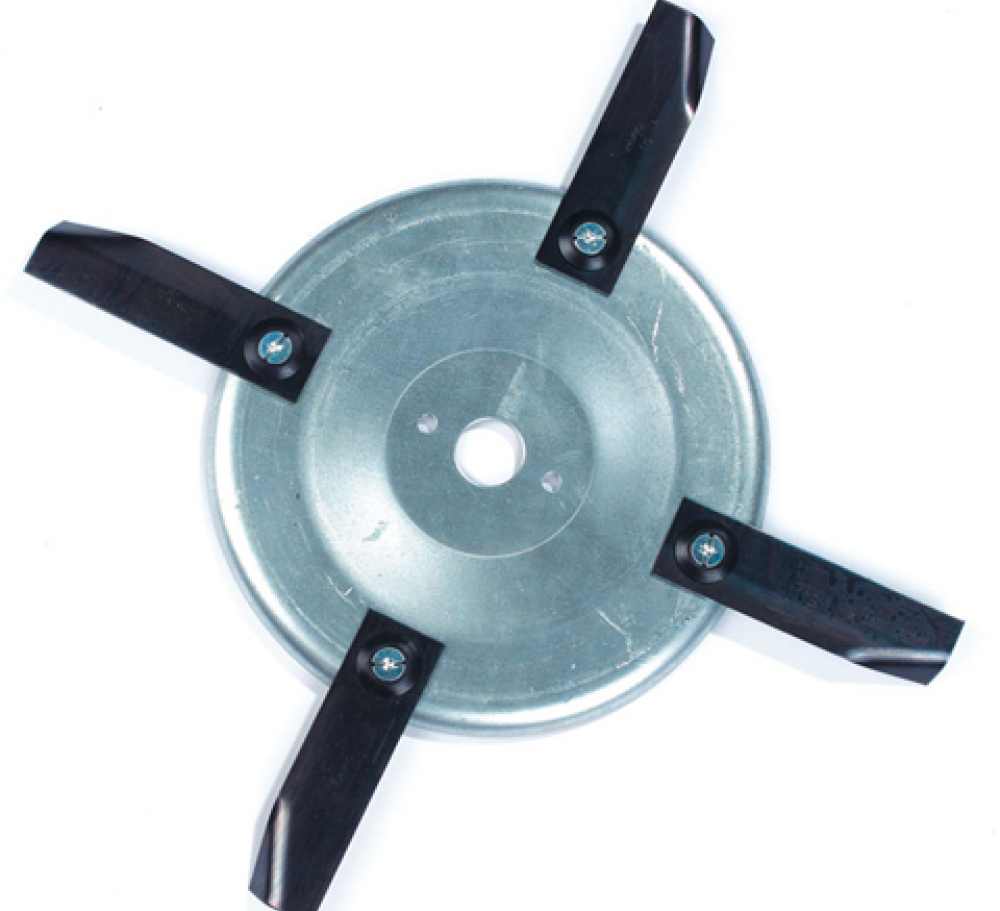

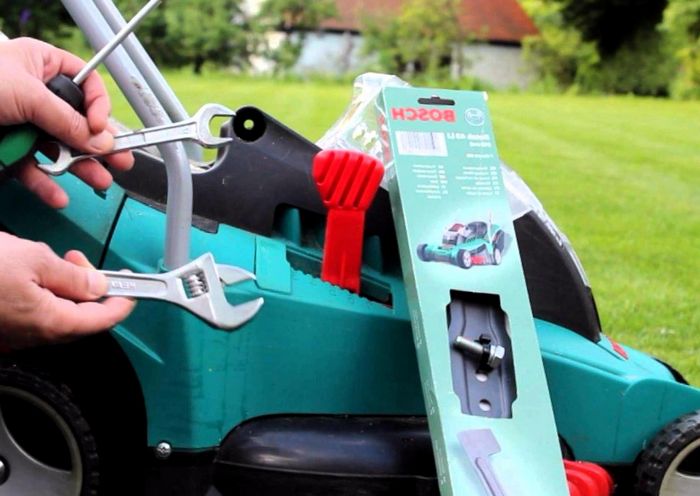

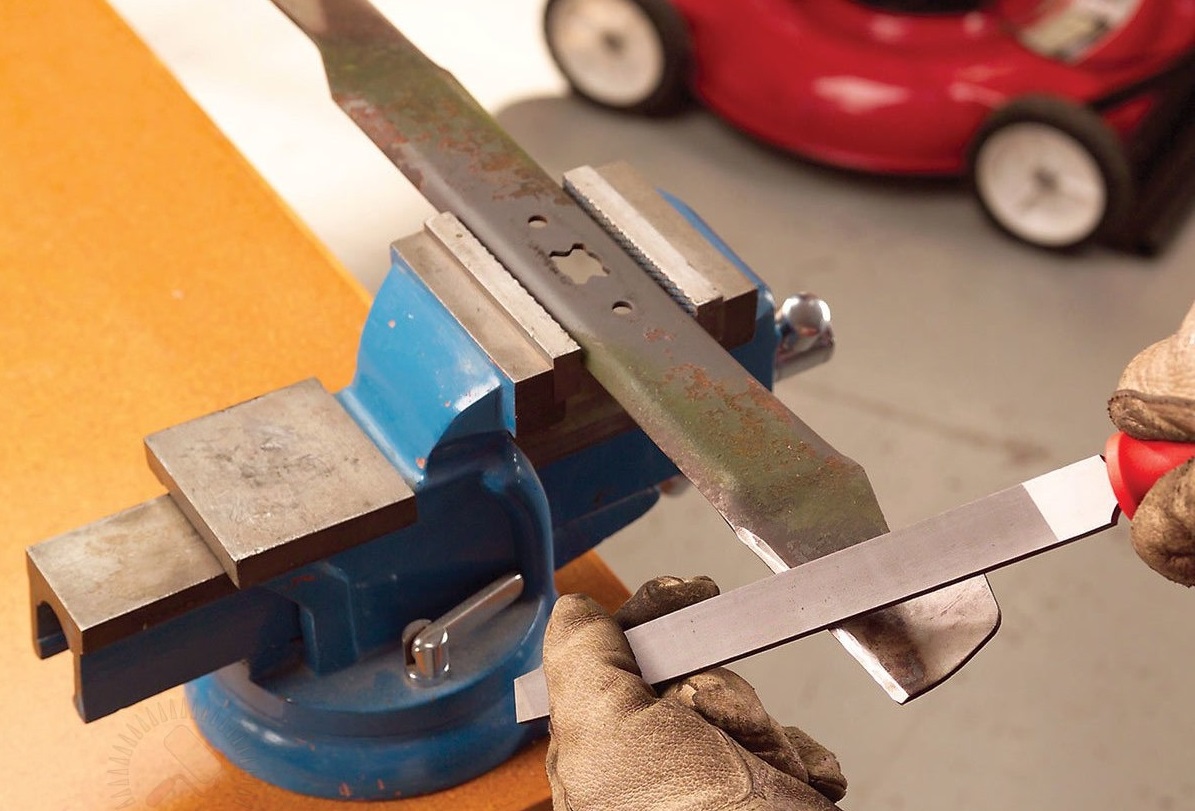
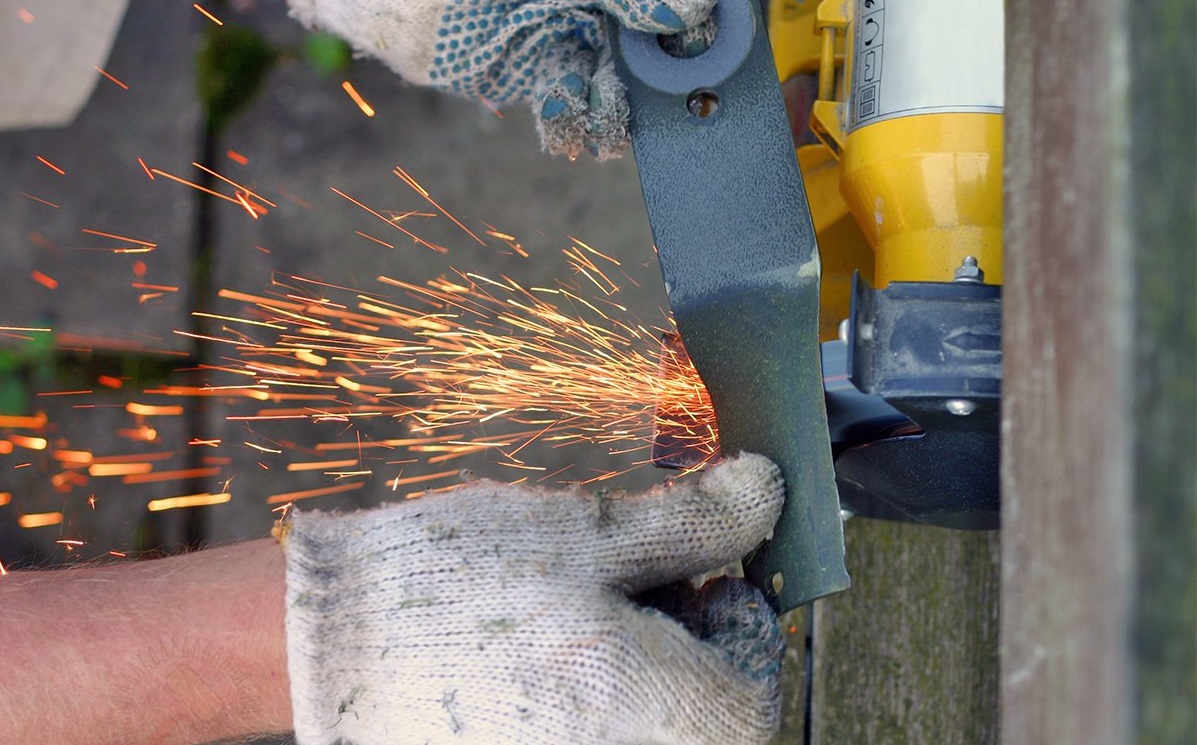
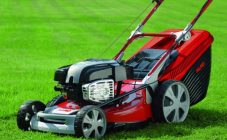
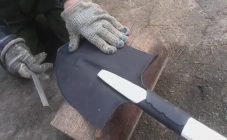
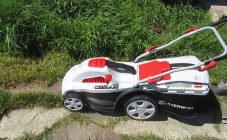
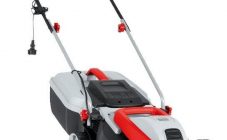
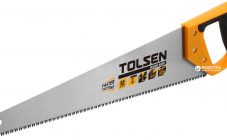
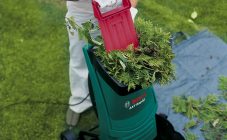







A shorter "dissertation" - no way? :)))